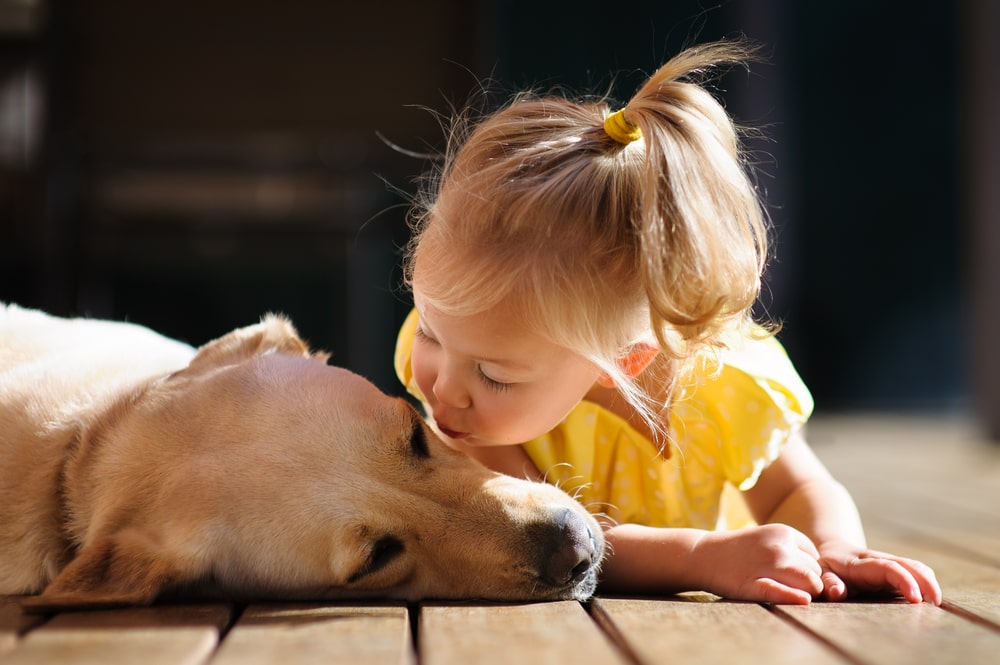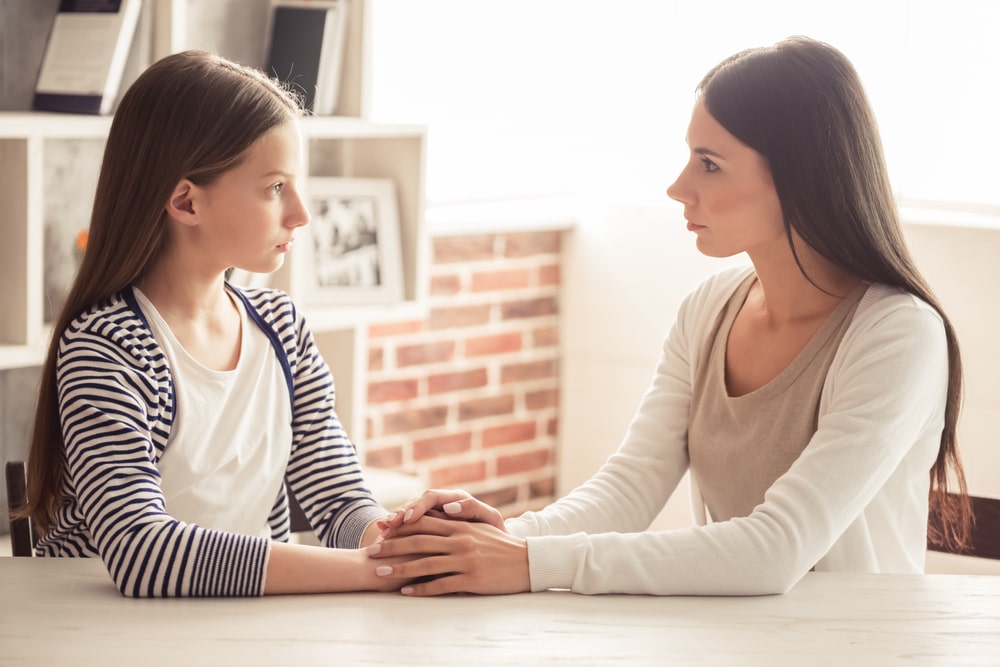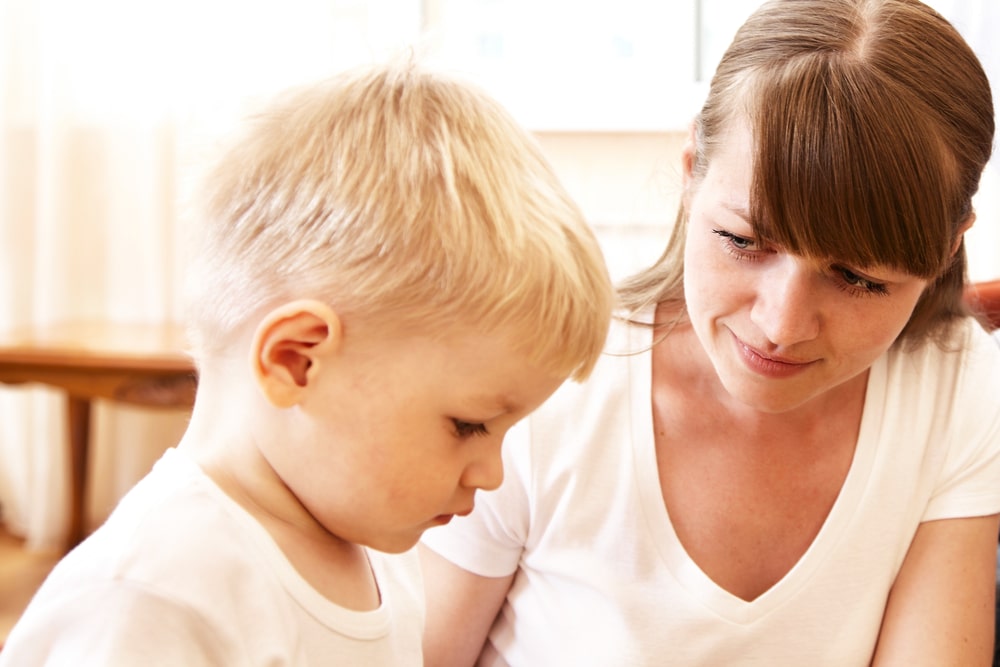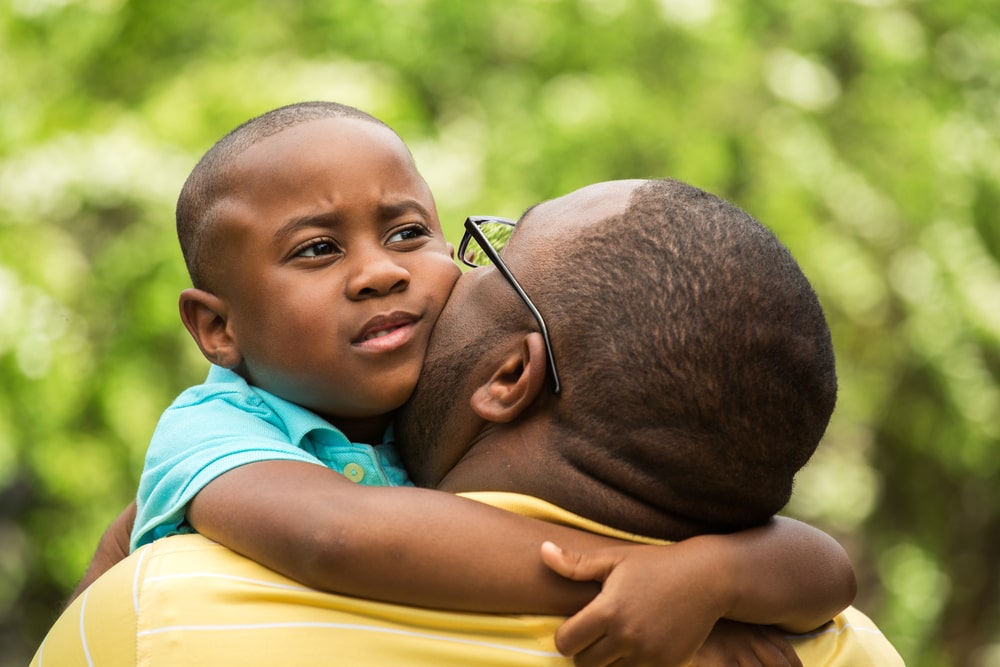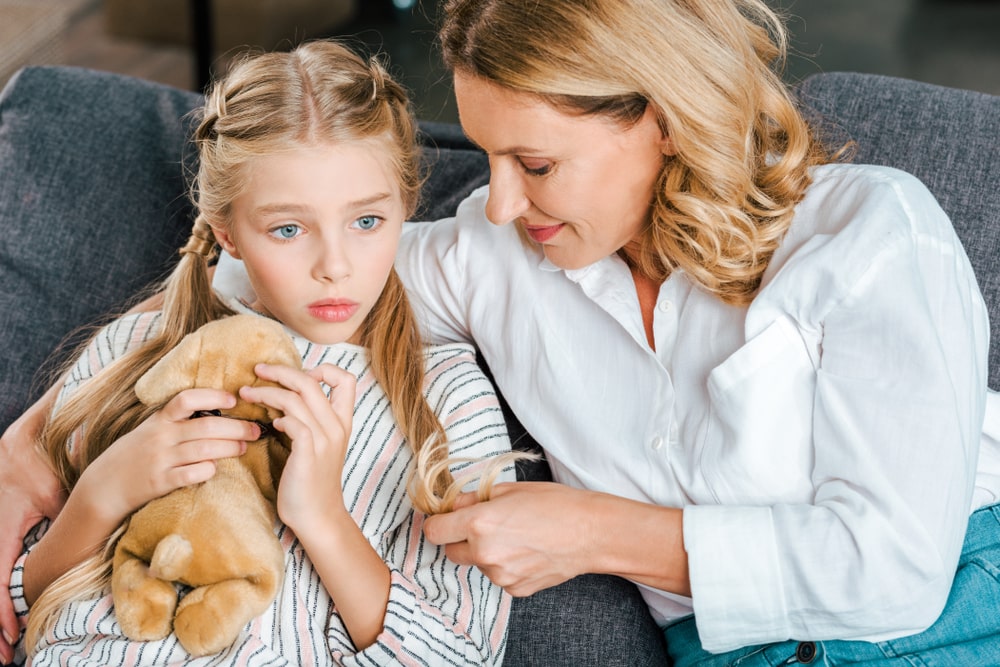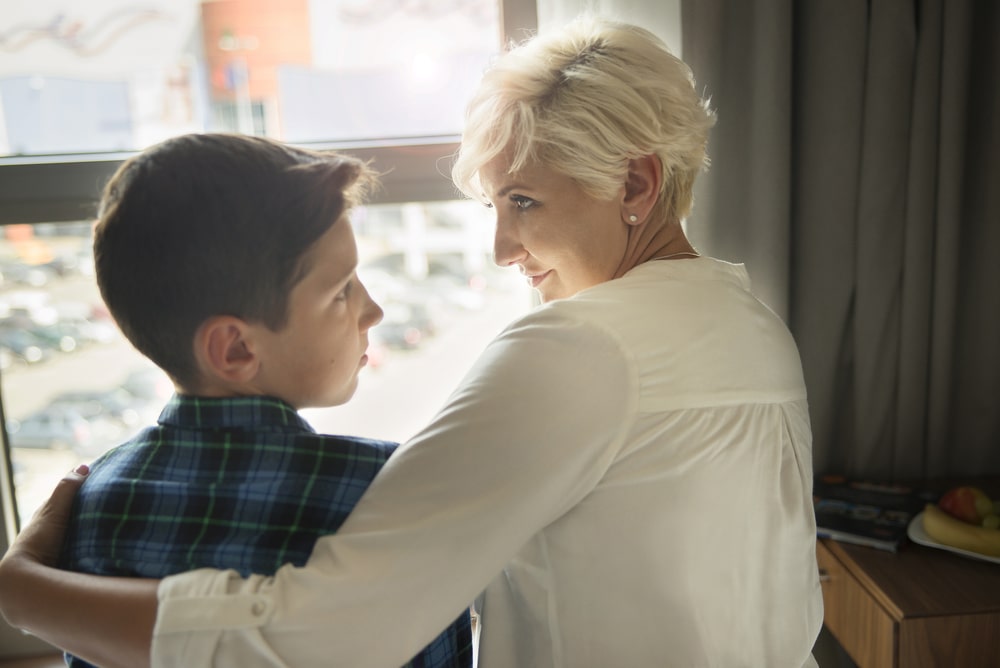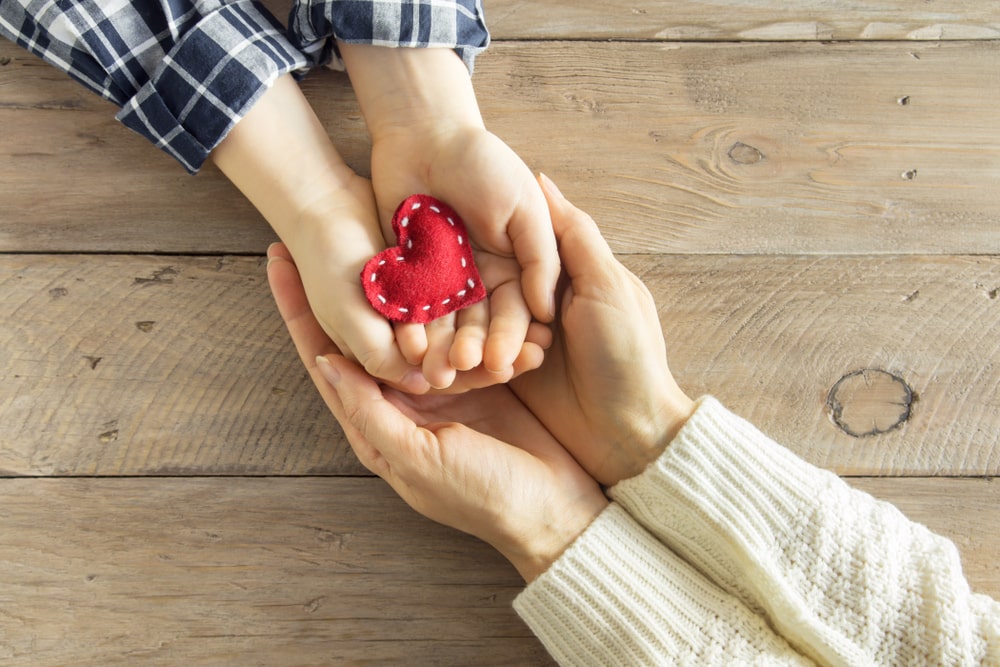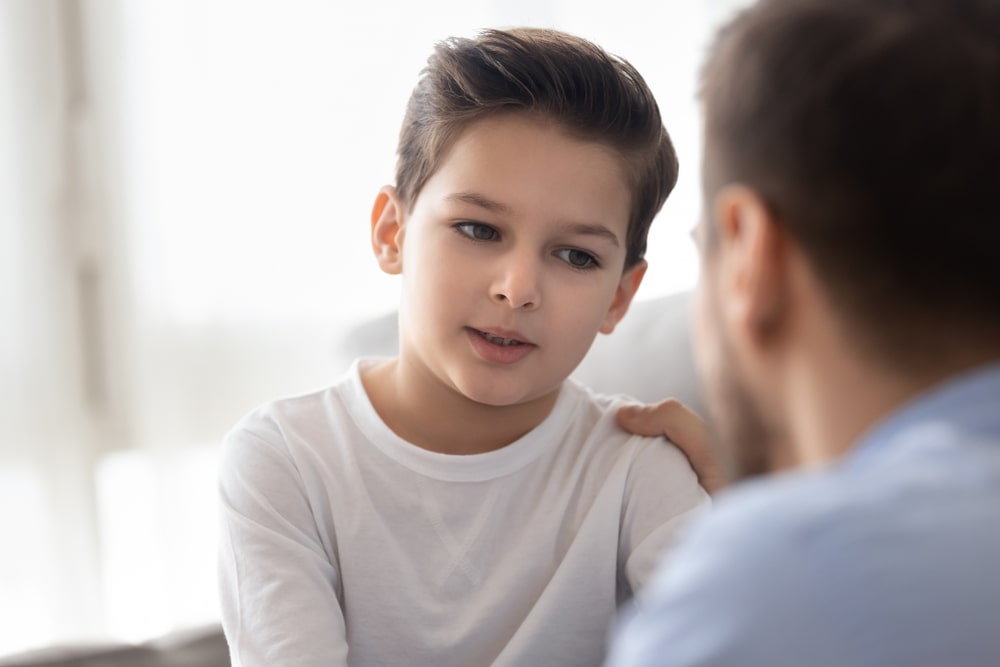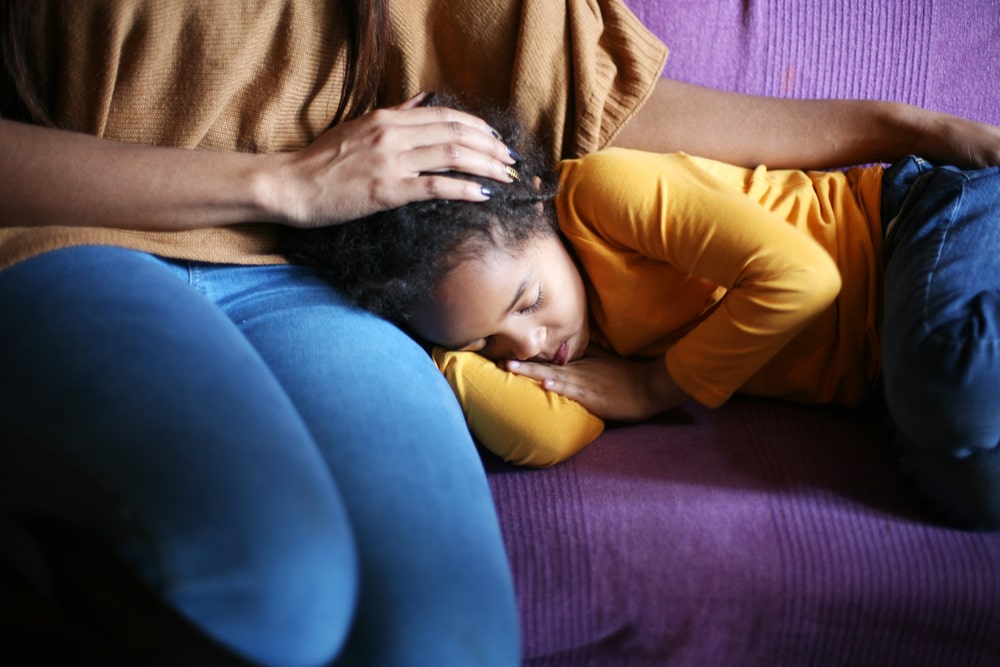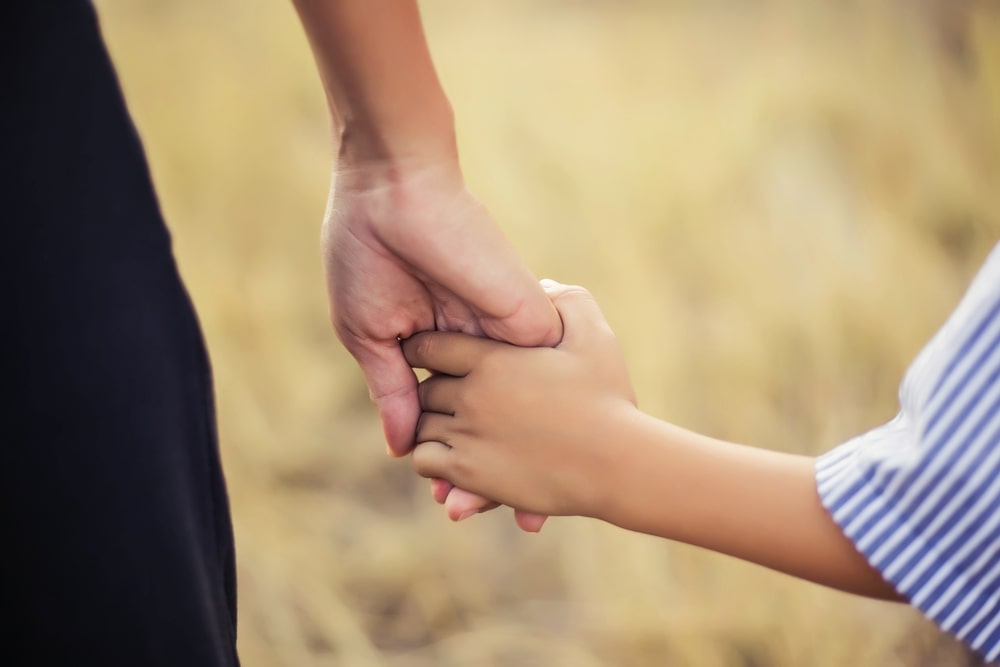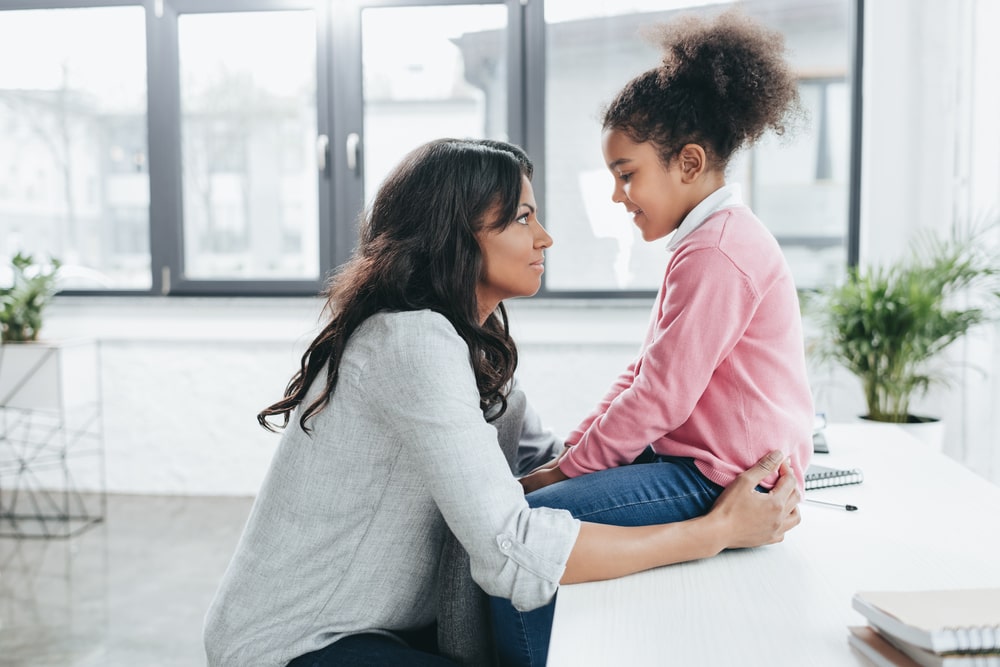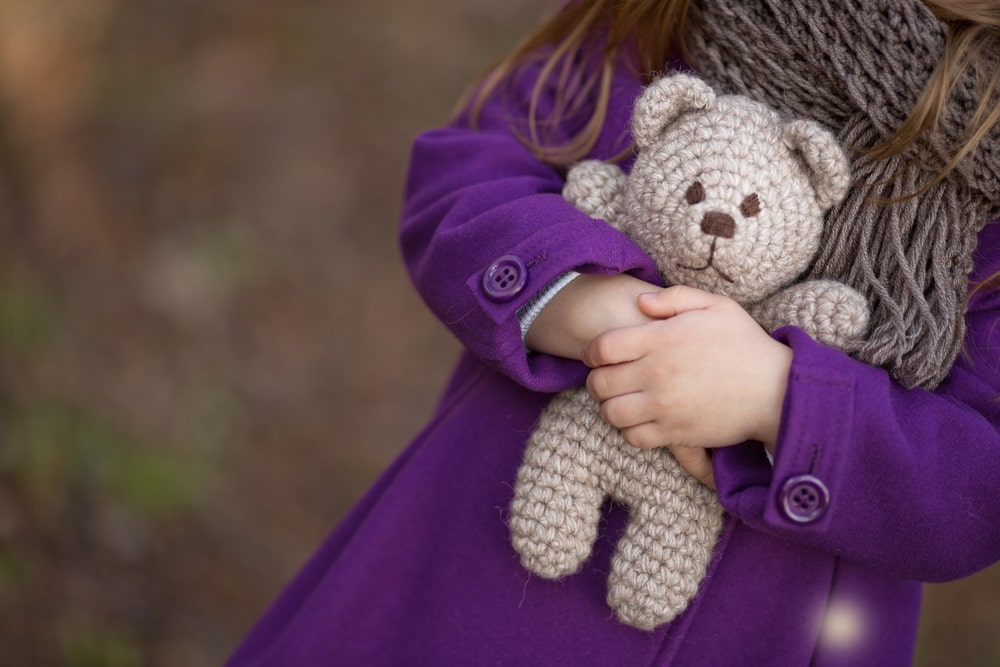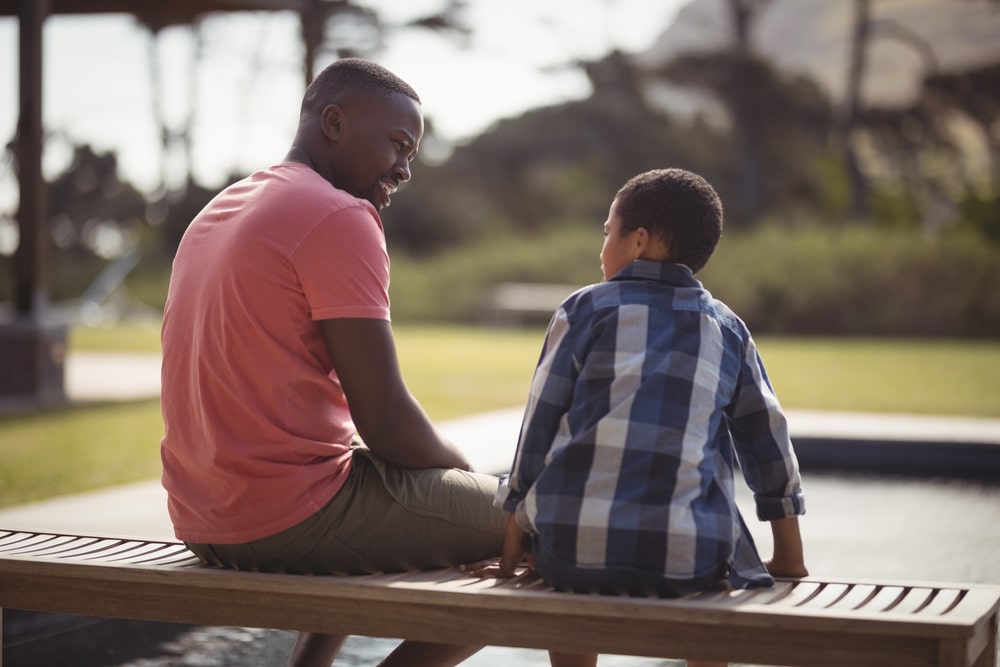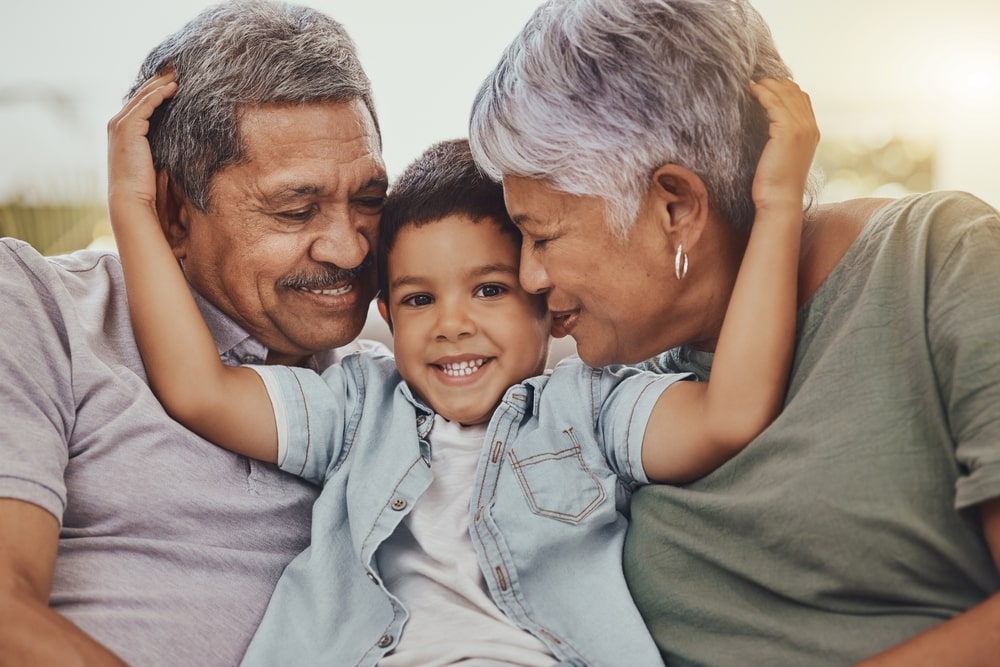
None of us want to think about a time after we’re gone when our children, grandchildren, or other minor dependents may be on their own. But putting together an estate plan is an important step to ensure that your dependents are protected. Plus, having a plan for your dependents can give you peace of mind, knowing they’ll be cared for and provided for.
As you start estate planning with your dependents in mind, here are a few specific questions to consider:
1. Who would you want to have as your dependent’s guardian?
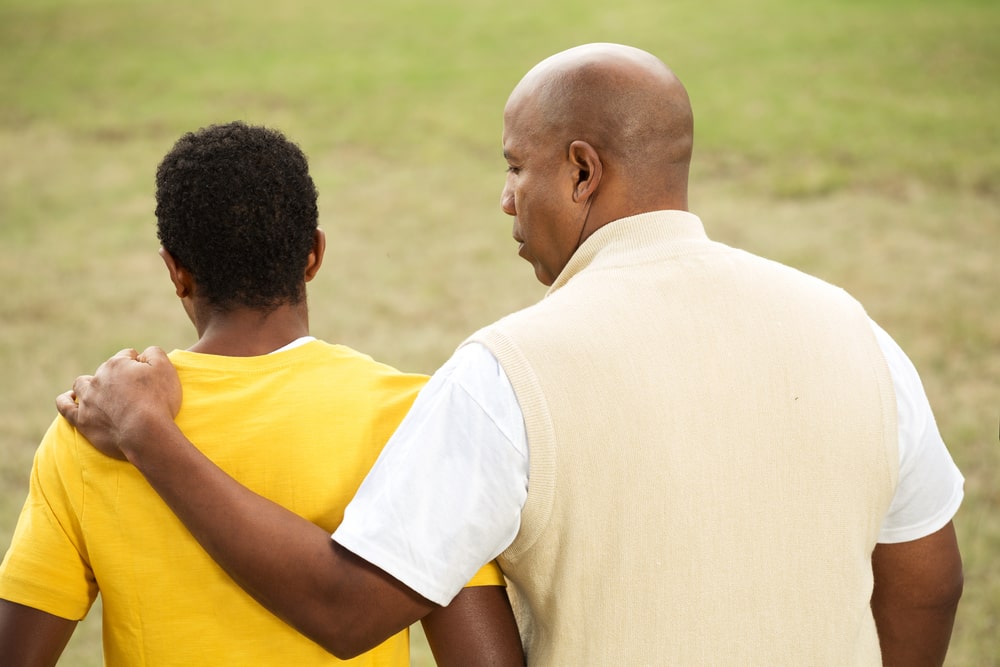
Choosing a guardian is one of the most important steps to take when estate planning for your minor dependent. If something happens to you, someone will need to take care of your dependent. A guardian can be a family member or a friend.
As you decide who to name as a guardian, look for someone you trust who gets along with the child and can provide the level of care the child needs. Talk to the potential guardian and make sure they agree before you decide.
Once you know who your dependent’s guardian will be, you’ll need to officially nominate them as part of your will or a power of attorney. Talk to your estate planning attorney to determine which option is best for you.
2. What information does the guardian need to know?

Even if your chosen guardian is a close family member, there are many things about your minor that they may not know. And if your dependent is very young, they won’t be able to share important information, like their social security information or medical history, with their guardian.
That’s why keeping all important documents organized and in a safe place is important. You should securely store items like your minor dependent’s birth certificate, social security card, medical and vaccination records, and other important documents. Additionally, you may want to include information about their doctors, school records, and any allergies or other health issues.
You should also consider parts of your digital estate relating to your dependents, like any online school accounts, email addresses, or photo albums. Store passwords and login information for these in a secure location like a specific notebook or an online password manager.
As you gather this important information, consult your estate planning attorney to find out where to include information about the location of these documents in your estate plan.
3. Who should make decisions if you’re incapacitated?

Minor dependents cannot make legal or financial decisions if you become incapacitated. That’s why you need to plan ahead and make sure someone you trust can make those decisions. By creating a power of attorney, you can nominate a trusted person to make legal, financial, and medical decisions if you become incapacitated and cannot make decisions. If you wish, you can also create separate powers of attorney to nominate different people to make decisions in each area.
4. How should your dependent be provided for?

When it comes to providing for your dependents financially, you have plenty of options! You can name your dependents as beneficiaries in your will, create a trust to split funds between dependents, or add your dependent as a secondary beneficiary of your life insurance.
However, remember that minors need a legal adult to serve as trustee over any money they inherit before turning 18. The trustee can be the same person you choose as their legal guardian or someone different, as long as it’s someone you trust to manage the inheritance.
What works for one family may not work for yours, so talk to your estate planning attorney to pick the right option for your family. They can also tell you how to nominate a trustee in your estate plan.
5. Do you have any specific requirements for your dependents or their guardian?

What requirements would you have for your minor dependents if something happened to you? Would you want your children to stay together in the same home? Do you want them to stay in the same area and attend the same school?
Think about the things that are non-negotiable for you and your family. Make sure to communicate with your chosen guardian about your wishes for your dependents. If some requirements are costly (e.g., if the guardian would need to move to a different area), consider setting aside extra funds to help cover that cost.
6. Does your dependent have any special needs?

Children and adults with special needs or health concerns may require extra care. If this is the case for your dependent, make sure to consult with their potential guardian and make sure they’re up to the task – especially if your dependent with special needs will need care for the rest of their life.
Once you have guardianship sorted out, consider the costs of the care your dependent needs. One way to provide for their needs is to set up a special needs trust, which can help preserve your assets and ensure your dependent receives the care they need. Check with your estate planning attorney to learn about the requirements for special needs trusts and determine if this option is right for you.
7. How often should you update your estate plan?

As life changes, the needs of your family change, too, which means you’ll need to keep your estate plan up to date. Maybe you have a new significant other and want to nominate them as guardian now. Or maybe your financial situation changed and you want your assets distributed differently. In that case, you’ll need to talk to your attorney about updating your estate plan.
Additionally, life may change for your chosen guardian. They may get married, divorced, or have their own kids. Or, due to other changes, they may no longer feel able to care for your dependent. Every few years, or when a major change happens with your chosen guardian, check in with them and see if they still wish to be named as guardian.
Even if no major changes have happened in your life, you’ll still need to check your estate plan every few years to ensure everything matches your wishes.
As you make decisions about providing for your dependent, talk to your trusted friends, family members, and advisors about your choices. Everything is ultimately your decision, but don’t hesitate to ask for help or advice if needed. While making decisions about the future may seem daunting initially, once it’s done, you can rest easy knowing that a plan is in place to care for your dependents.
DISCLAIMER: Individual circumstances and state laws vary, so only undertake estate planning with the help and assistance of an attorney licensed in your state.





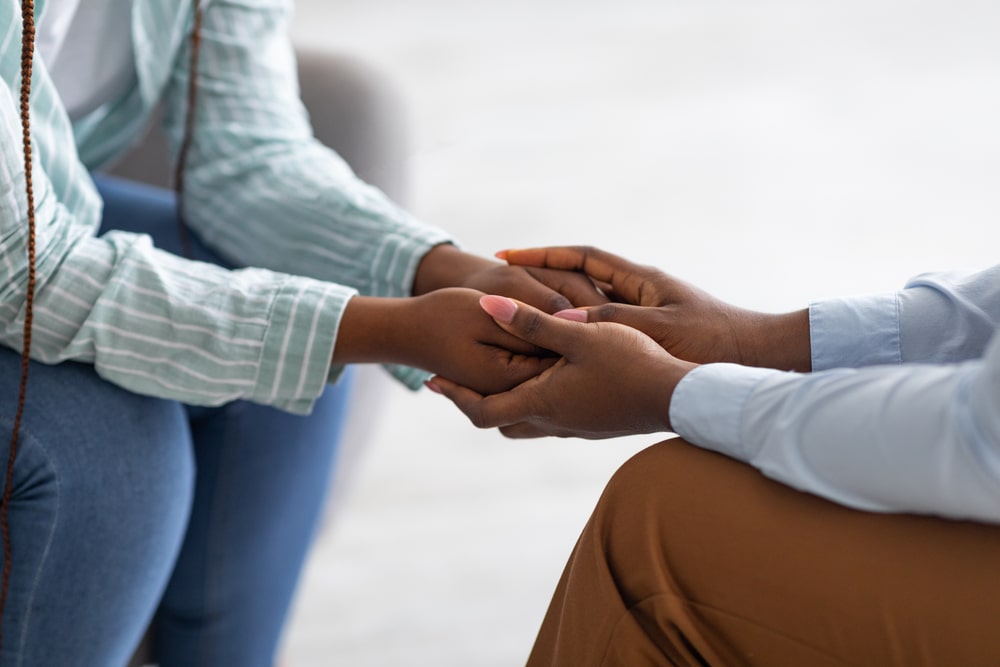

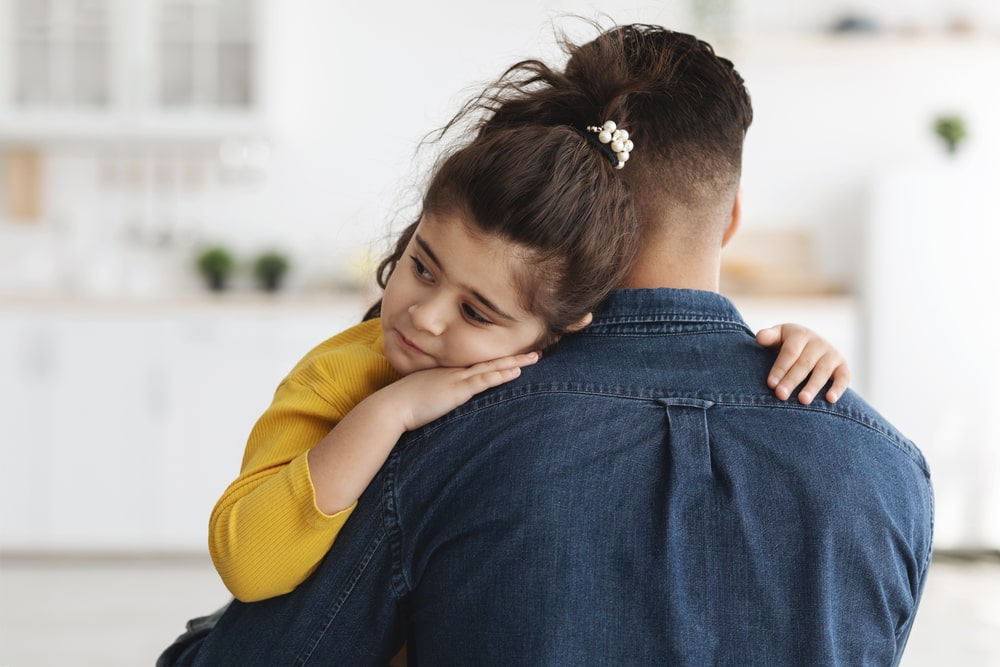











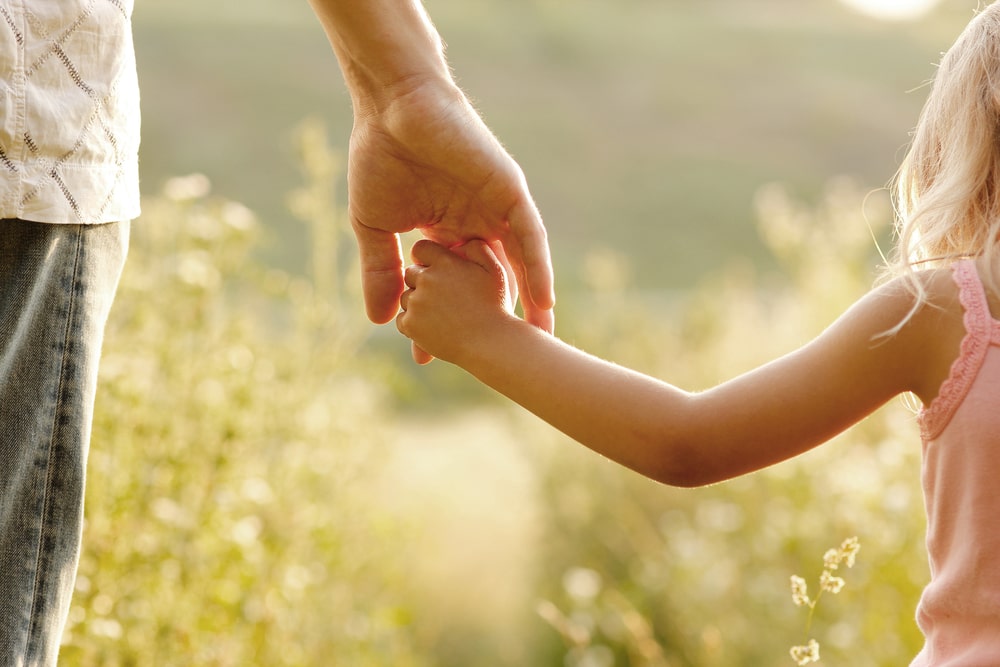






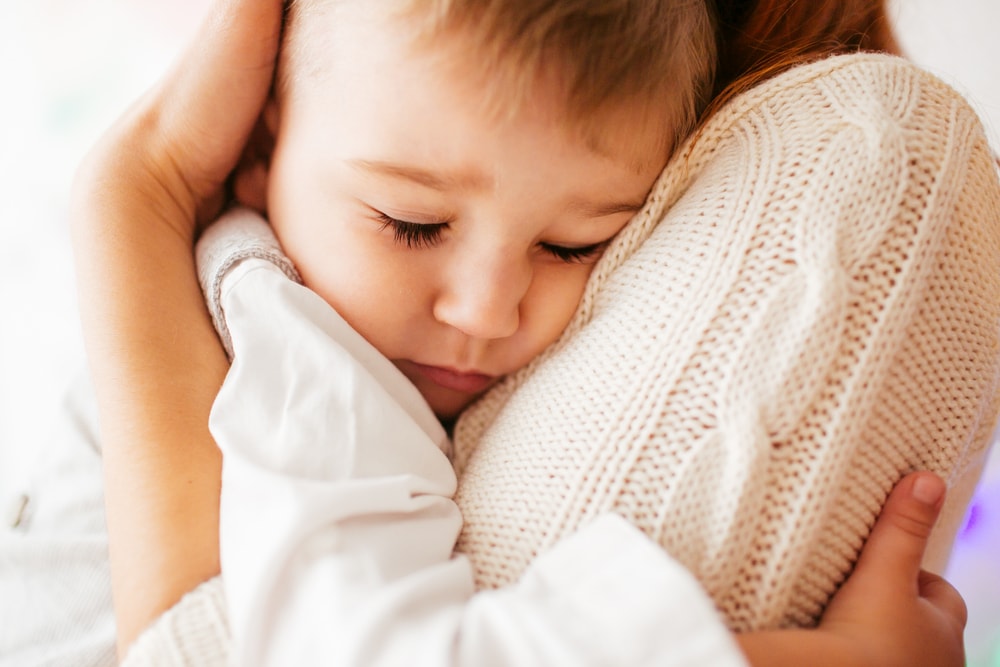
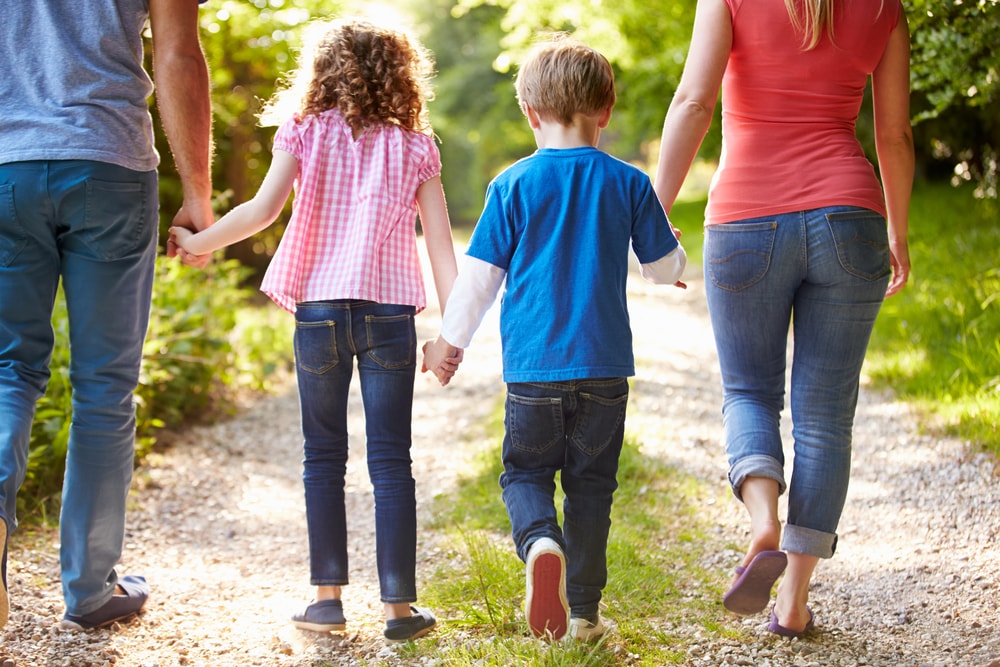
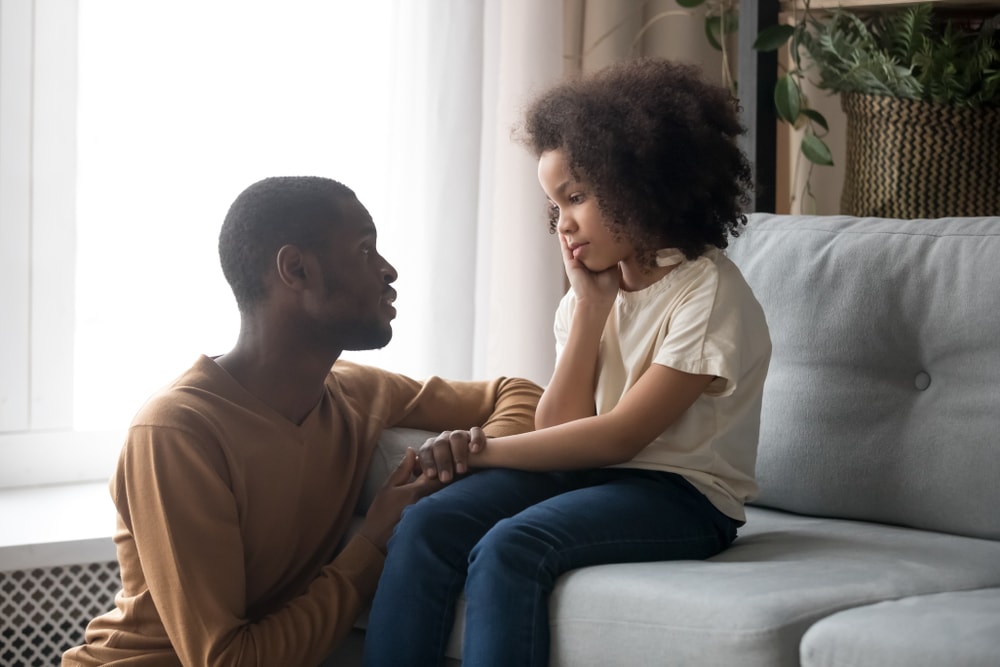
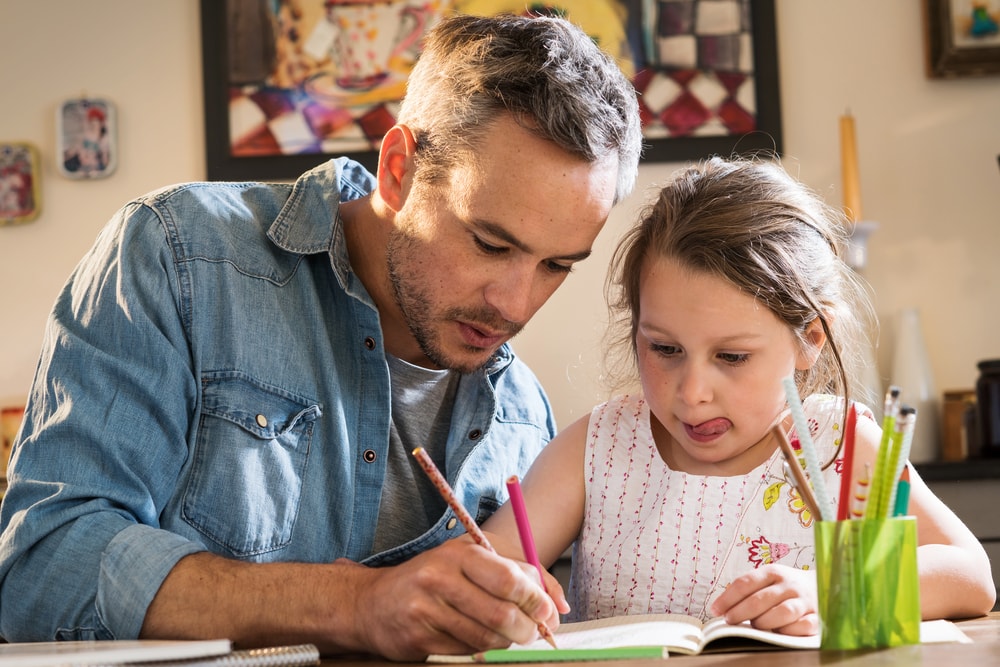

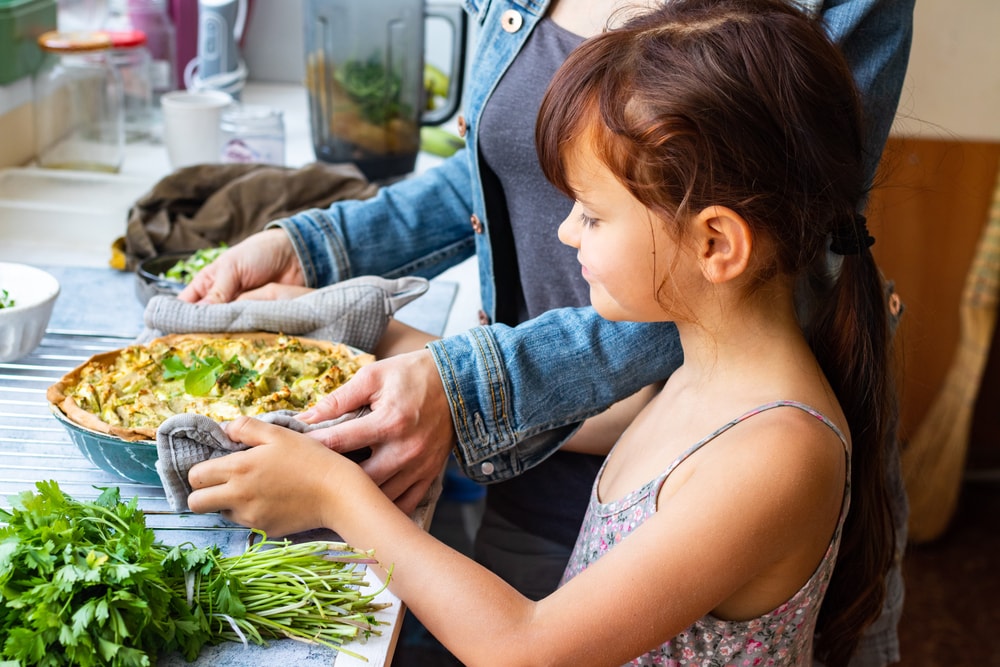
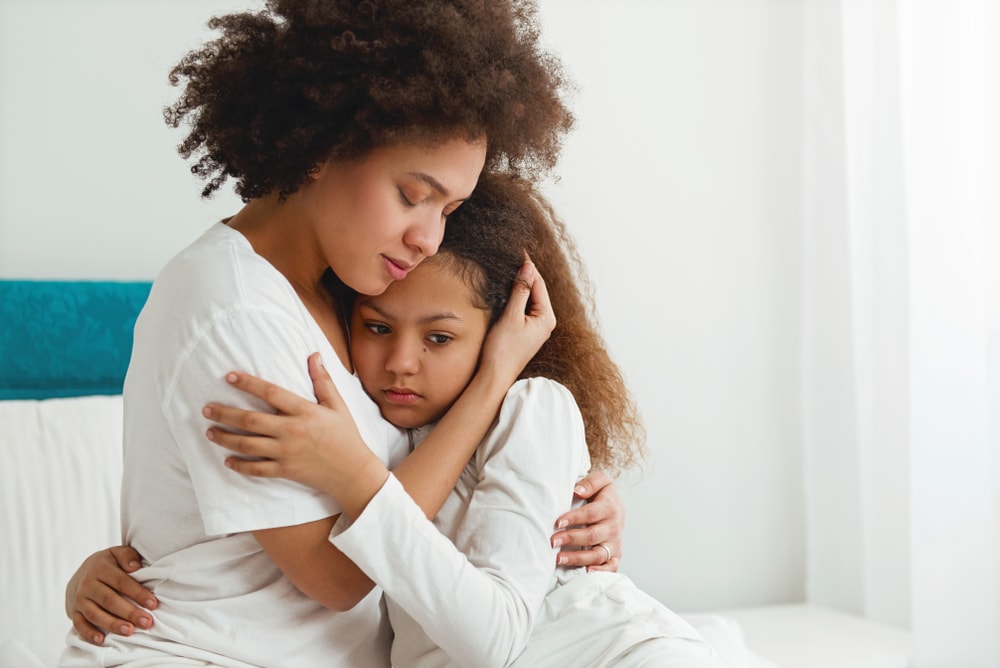




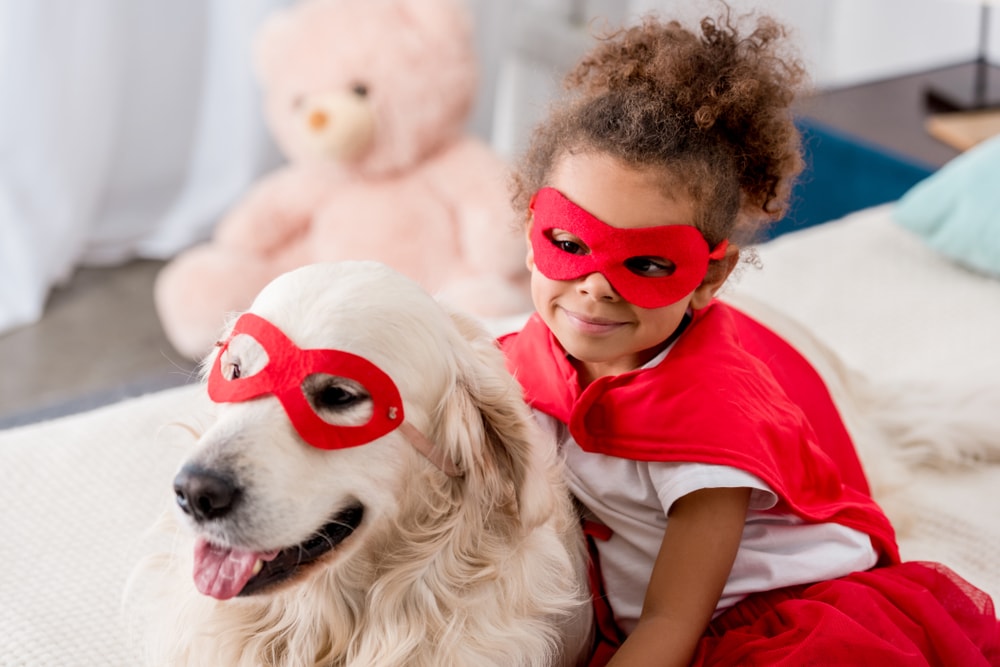

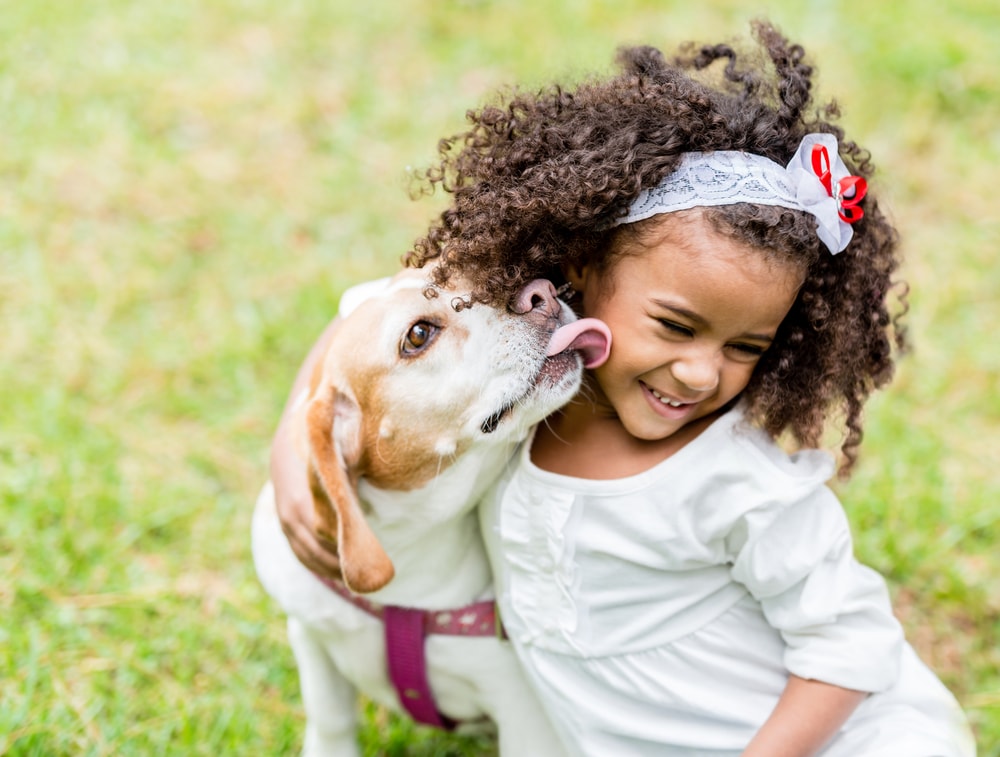
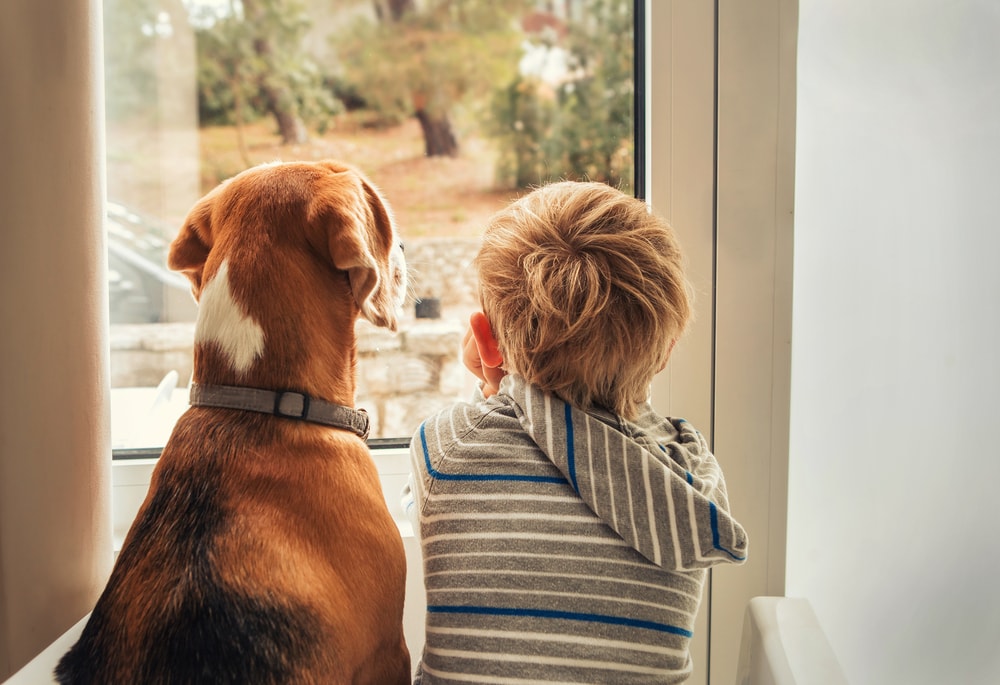
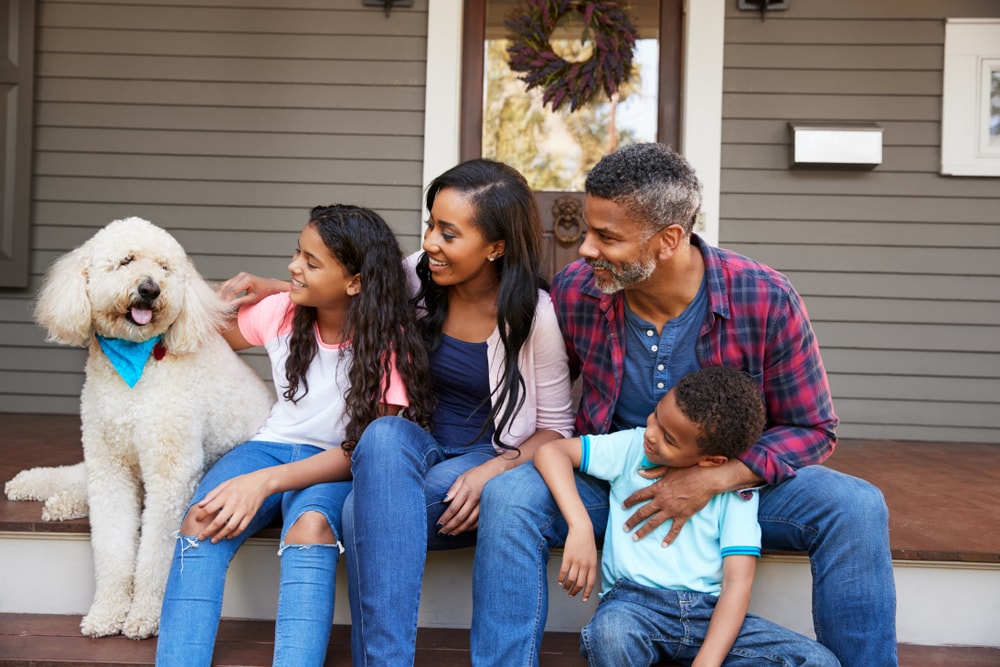
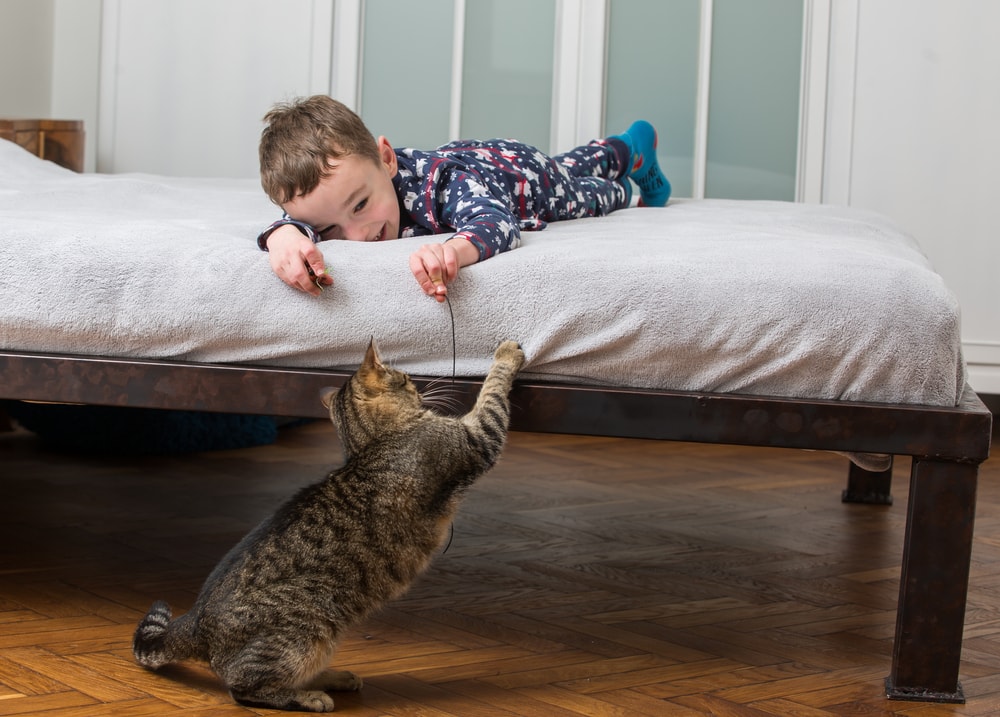


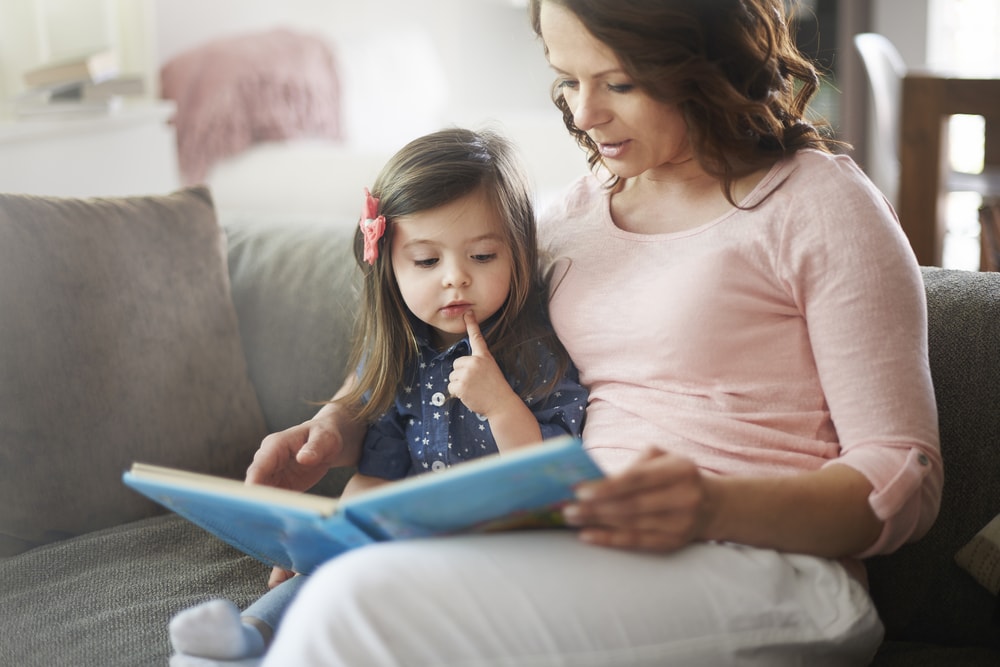
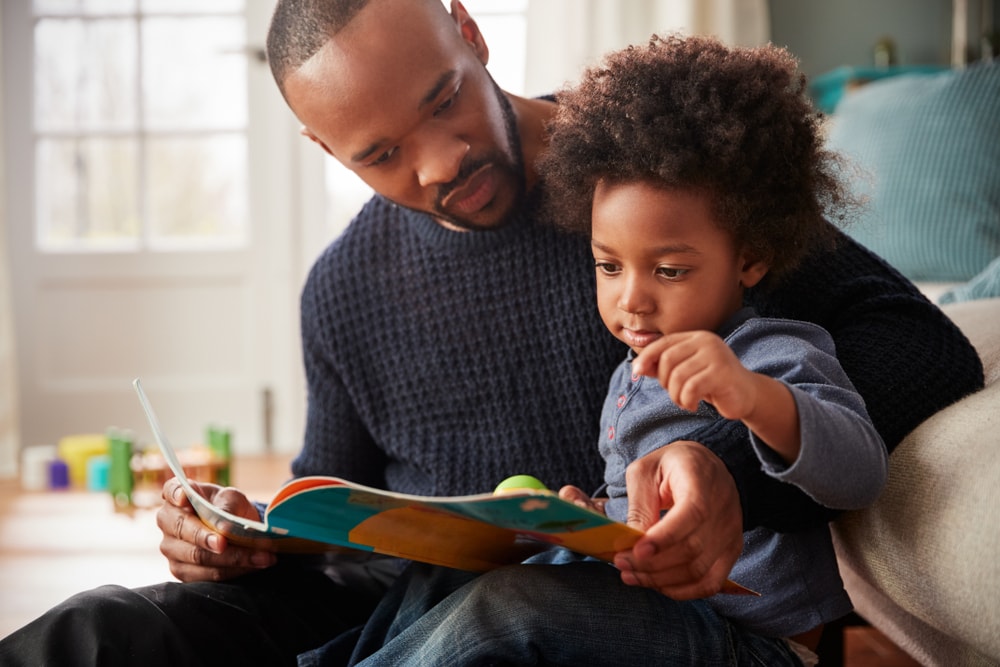 “Reading should not be presented to children as a chore or duty. It should be offered to them as a precious gift.” —Kate DiCamillo
“Reading should not be presented to children as a chore or duty. It should be offered to them as a precious gift.” —Kate DiCamillo

